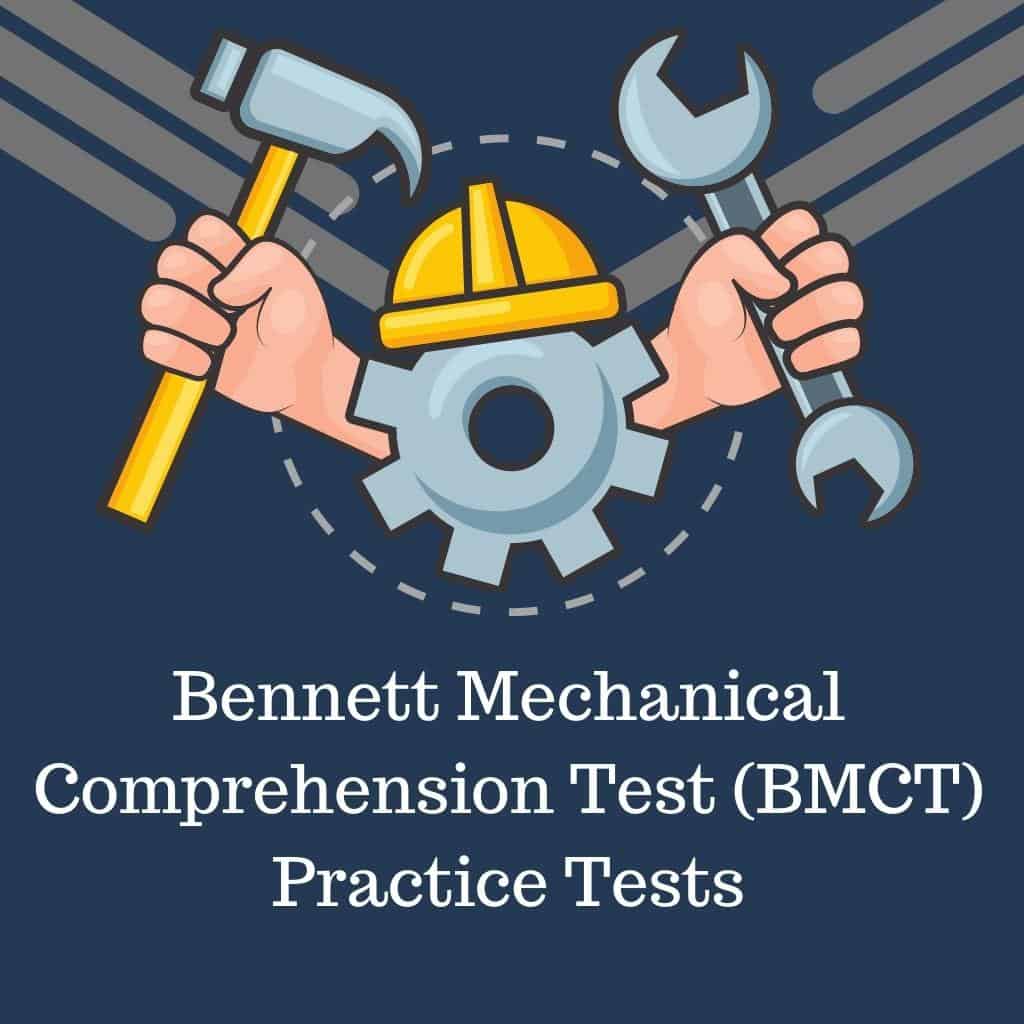The Electronics Knowledge Test (EKT) is a specialized assessment designed to measure an individual's understanding of electronic principles, components, and systems. It is used by employers and educational institutions to evaluate a candidate's knowledge and skills in electronics, particularly for roles that require a solid foundation in the subject, such as technicians, engineers, and electricians.
While both the Electronics Knowledge Test (EKT) and the Mechanical Aptitude Test are designed to assess technical skills, the key difference lies in their specific focus. The EKT specifically evaluates one's understanding of electronic concepts, whereas the Mechanical Aptitude Test measures an individual's ability to apply mechanical principles to real-world situations. The EKT is more suited for careers in the electronics field, while the Mechanical Aptitude Test is geared towards jobs that involve mechanical systems and machines.
The purpose of this article is to provide you with a comprehensive roadmap that will help you excel in the Electronics Knowledge Test (EKT). This guide will cover the essential concepts and principles you need to know. Our goal is to help you build a solid understanding of electronics and equip you with the necessary skills and confidence to ace the EKT.
Understanding the Electronics Knowledge Test
The purpose of the Electronics Knowledge Test is to assess an individual's understanding of electronic principles, components, and systems. The test is designed to evaluate a candidate's knowledge and skills in electronics, ensuring that they possess the foundational competencies necessary for success in various industries and job roles that rely on electronic systems.
1. What is the purpose of the EKT?
The purpose of the Electronics Knowledge Test is to assess an individual's understanding of electronic principles, components, and systems. The test is designed to evaluate a candidate's knowledge and skills in electronics, ensuring that they possess the foundational competencies necessary for success in various industries and job roles that rely on electronic systems.
3. Industries and job roles that require the EKT
Industries and job roles that require the Electronics Knowledge Test encompass a wide range of sectors, including but not limited to:
- Electronics manufacturing
- Telecommunications
- Aerospace and defense
- Automotive industry
- Consumer electronics
- Energy and power generation
- Robotics and automation
Specific job roles that may require the EKT include:
- Electronics technicians
- Electronics engineers
- Electricians
- Field service technicians
- Avionics technicians
- Control systems technicians
- Telecommunications technicians
EKT test format and question types
The Electronics Knowledge Test typically consists of multiple-choice questions that cover various topics related to electronics. The number of questions and the time allowed for the test may vary depending on the specific test provider or institution. The test questions may include:
- Theoretical questions that assess your understanding of electronic principles and concepts
- Practical questions that require you to apply your knowledge to solve problems or analyze circuits
- Diagram-based questions that involve interpreting circuit diagrams or schematics
Scoring and interpretation of results
Scoring for the EKT may be based on the number of correct answers, with no penalty for incorrect answers. The final score will be calculated as a percentage of the total possible points.
The interpretation of results can vary depending on the specific test provider or institution. Some organizations may have a predetermined passing score, while others may use the test results to rank or compare candidates. It's essential to research the requirements and expectations of the organizations you are applying to in order to understand the significance of your EKT score in their evaluation process.
Essential Concepts for EKT Success
Basic electrical principles: voltage, current, and resistance
Ohm's Law and Kirchhoff's Laws
Electrical components: resistors, capacitors, inductors, diodes, and transistors
Circuit analysis: series and parallel circuits, AC and DC circuits
Digital electronics: logic gates, flip-flops, and memory devices
Power supplies: transformers, rectifiers, and voltage regulators
- Transformers: Devices that transfer electrical energy between two or more circuits through electromagnetic induction, used to step up or step down voltage levels.
- Rectifiers: Electronic circuits that convert alternating current (current) to direct current (DC) by allowing current to flow in one direction only. Common types include half-wave, full-wave, and bridge rectifiers.
- Voltage regulators: Electronic components or circuits that maintain a constant output voltage, regardless of variations in input voltage or load current. They are used to stabilize power supplies and protect electronic devices from voltage fluctuations.
Oscillators, amplifiers, and filters
Signal processing and data communication
Electronic measurement and testing techniques
Conclusion
In conclusion, preparing for the Electronics Knowledge Test (EKT) requires a solid understanding of essential concepts and principles in the field of electronics. By focusing on the areas outlined in this guide, you will build a strong foundation for success on the EKT. Remember to master the basic electrical principles, including voltage, current, and resistance, as well as the fundamental laws governing electrical circuits, such as Ohm's Law and Kirchhoff's Laws.
Ensure that you are familiar with key electrical components and their functions, including resistors, capacitors, inductors, diodes, and transistors. Develop your circuit analysis skills, working with series and parallel circuits, as well as AC and DC circuits. Delve into digital electronics, exploring logic gates, flip-flops, and memory devices, and gain a thorough understanding of power supplies, including transformers, rectifiers, and voltage regulators.
Don't forget to study oscillators, amplifiers, and filters, and learn about signal processing and data communication concepts. Finally, familiarize yourself with electronic measurement and testing techniques, such as using multimeters, oscilloscopes, function generators, logic analyzers, spectrum analyzers, and network analyzers.
As you progress in your studies, practice applying your knowledge to real-world problems and scenarios. Work through example questions and exercises to reinforce your understanding and develop your problem-solving skills. Use a variety of study resources, such as textbooks, online tutorials, and practice exams, to diversify your learning experience and ensure comprehensive coverage of the material.
Remember that consistent practice and a structured study plan are essential for achieving success on the EKT. Stay focused, remain disciplined, and don't hesitate to seek help from peers, mentors, or tutors when needed. With dedication and the right approach, you will be well-equipped to excel on the Electronics Knowledge Test and pursue a rewarding career in the electronics industry.



